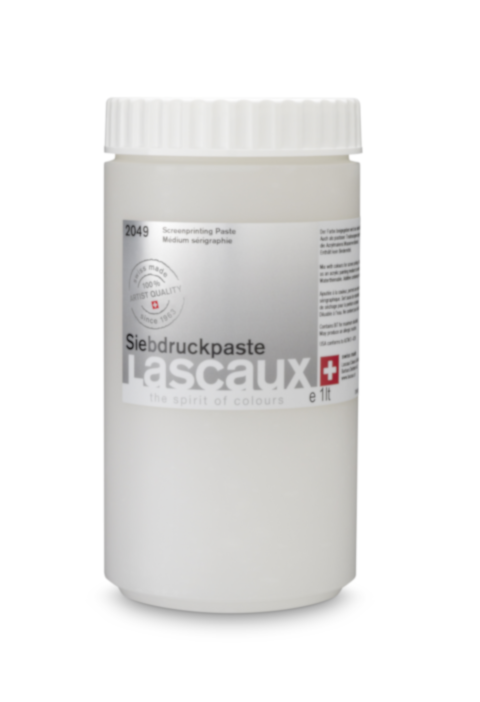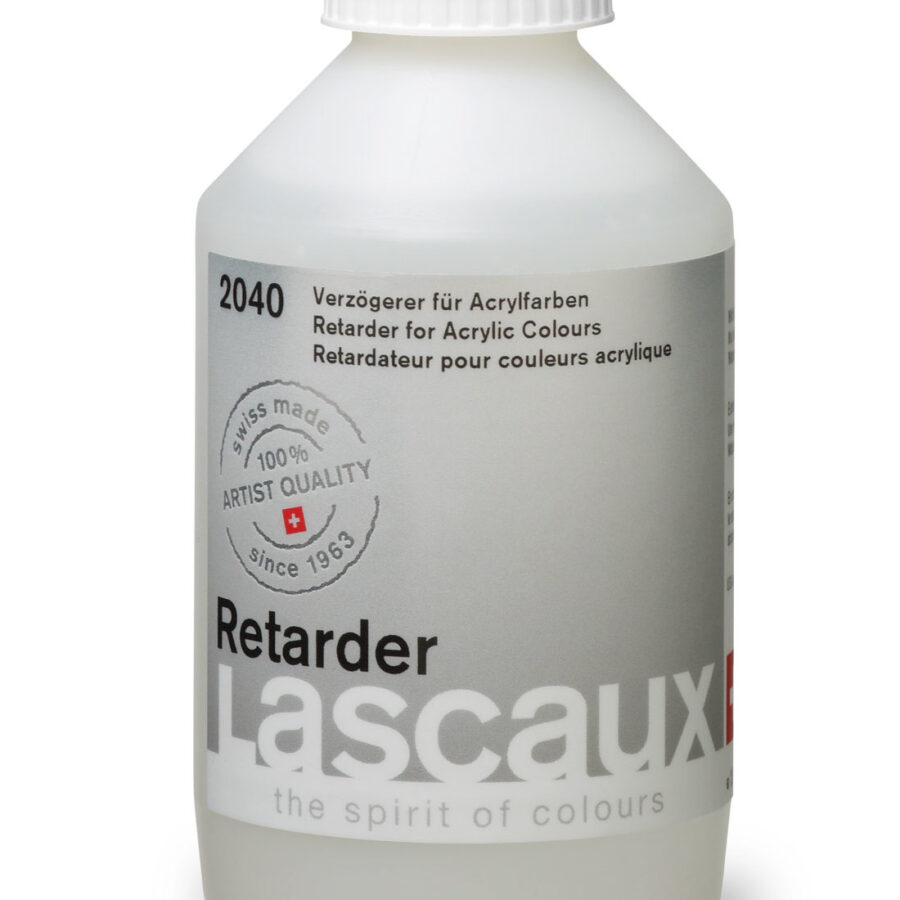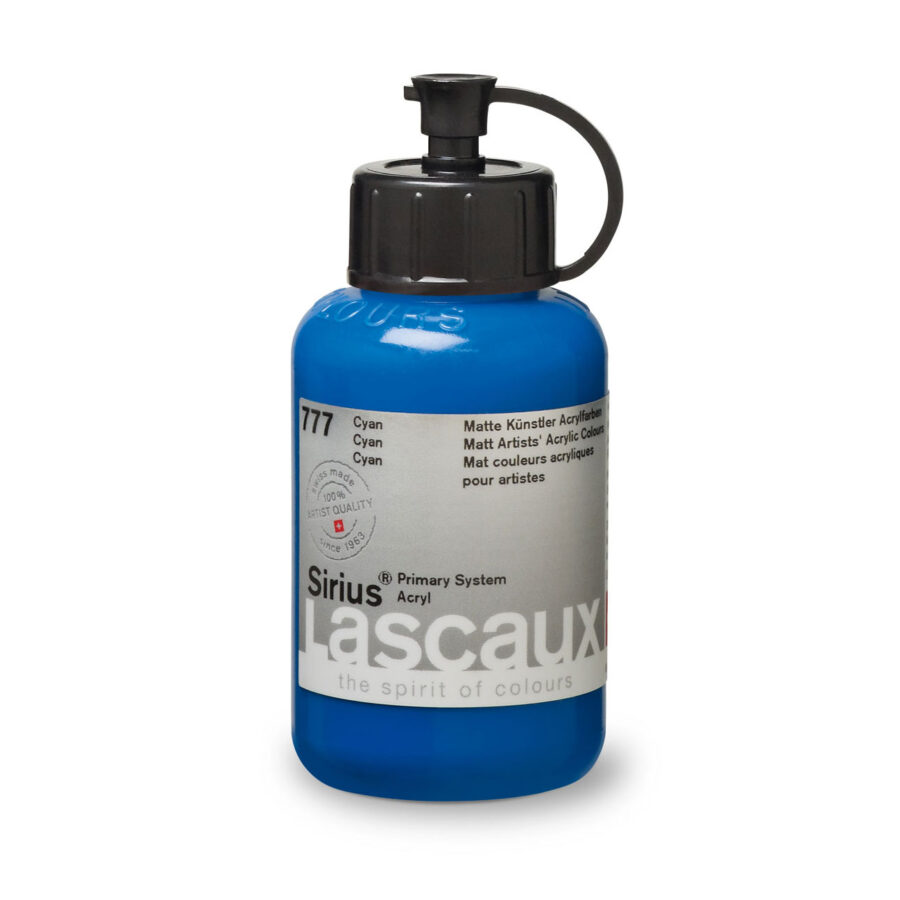Description
he water-based screenprinting method and the acrylic-resist etching system are the modern options – safer, healthier and more environmentally friendly, as well as quick to learn and accessible to all. These processes are much cleaner and safer methods of printmaking. Water-based screenprinting uses few, if any chemicals in contrast to solvent based printing. Without the need for harmful solvents and expensive extraction units, it is therefore ideal for smaller workshops with limited space, facilities and financial resources. For many studios, schools and colleges, there is no need to invest in a whole new inventory of materials.
The Screenprinting Paste is added to the Lascaux Col-ours (Studio, Perlacryl, Aquacryl, Sirius, Resonance, Gouache or Decora) to give them the desired consis-tency for screenprinting and to prevent them from drying on the screen. Due to the thixotropic nature of the paste, paint mixtures do not run or drip from the squeegee. Once pulled, the colours pass through the mesh and rejoin to deposit an even paint film that is capable of extremely fine detail. Mix the colours undiluted to obtain the desired hue and then add the Screenprinting Paste. It is advisable to experiment initially, to determine satisfactory working mixes. The amount of paste added will depend on several factors, as for example: •the colour range being used (i.e. Aquacryl, Sirius, Decora, Gouache should need less paste than the Acrylic ranges) •Studio conditions (i.e. temperature, humidity etc.) •the desired working time (drying rates are retarded with more paste).





